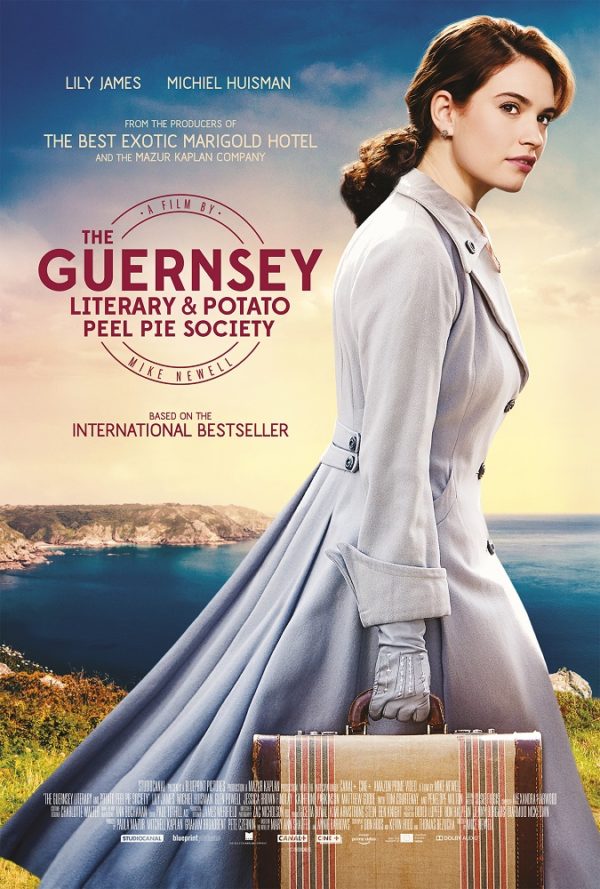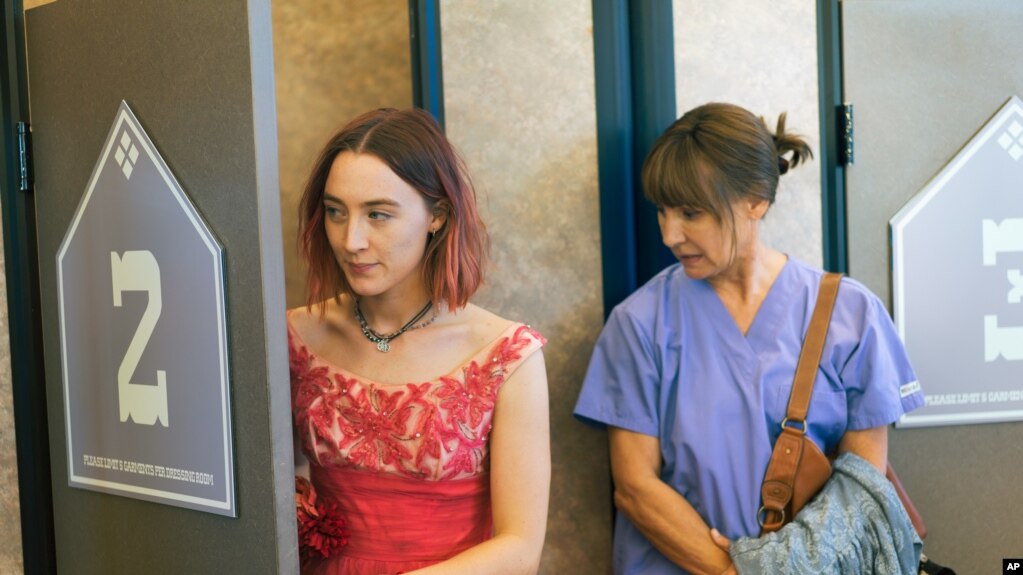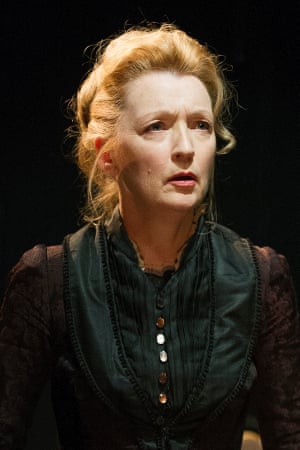Director: Mike Newell 3 stars
The small audience at the Everyman preview burst into
applause at the end of the viewing and they showed their appreciation
throughout with much laughter at all the right places. Aaah, there’s nothing
like a cuddly rom-com to give you that feel-good experience. Reminder: Mike Newell
directed Four Weddings and a Funeral.
 It is 1946 and Juliet (Lily James) is an author who is
contacted by a handsome Guernsey pig farmer Dawsey (Michiel Huisman) and
decides to visit the island to interview its book group for a newspaper article.
The group was a hastily invented ruse to fool the German occupiers but it has
kept going after the war. Now Juliet finds that there is a mystery which she
offers to solve with the help of her American GI boyfriend, Mark (Glen
Powell). So we get rom-com with the added
bonus of a nice little detective story.
It is 1946 and Juliet (Lily James) is an author who is
contacted by a handsome Guernsey pig farmer Dawsey (Michiel Huisman) and
decides to visit the island to interview its book group for a newspaper article.
The group was a hastily invented ruse to fool the German occupiers but it has
kept going after the war. Now Juliet finds that there is a mystery which she
offers to solve with the help of her American GI boyfriend, Mark (Glen
Powell). So we get rom-com with the added
bonus of a nice little detective story.
This is a film that will do well at the box office and we
will see it offered innumerable times on TV. It will soon be available on
Netflix. It is in the same genre as Their
Finest, Darkest Hour, Swallows and Amazons, The Best Marigold Hotel, Harry
Potter and Call the Midwife. It’s
about that imaginary time when things were apparently simpler and people had hearts
of gold beneath their gruff exteriors or else were properly evil. In this case
there are the horrid Germans and the one Good German, the stoical Islanders, a
token American who is nothing like as brilliantly fascinating as he thinks he
is, a cuddly old geezer (Tom Courtenay) and an isn’t-she-comical hippy-dippy character
who brews and drinks her own gin. Children are sweet and docile.
In the real life Channel Islands it is still difficult to
talk about the German occupation. There is shame, guilt and painful confusion,
not just about the occupation itself but about the way the aftermath was
handled because sometimes this was done without understanding, compassion or
mercy. In real life it is obvious now
that there were complex reasons why women had liaisons with German soldiers and
why both men and women were collaborators.
In real life, children whose mothers disappear are traumatized and act
out, they don’t smile politely, as in this film, for all the world as though
nothing terrible has happened.
 In the universe portrayed by so many rom-coms there are no taxing
moral dilemmas or deep hurts and no shades of grey in human behaviour. It would
be a simpler world if you believed in the rules of rom-coms, for instance as
here, that the boyfriend with the smaller eyes is always the one you should avoid.
And that you are well rid of a man who makes off with the champagne after you
have rejected him – clearly he was always a rotter.
In the universe portrayed by so many rom-coms there are no taxing
moral dilemmas or deep hurts and no shades of grey in human behaviour. It would
be a simpler world if you believed in the rules of rom-coms, for instance as
here, that the boyfriend with the smaller eyes is always the one you should avoid.
And that you are well rid of a man who makes off with the champagne after you
have rejected him – clearly he was always a rotter.
As the film ploughed on, its superficiality began to
irritate me and I started to notice the details that felt wrong. How did Juliet
get all those hand knitted sweaters into her one suitcase? Where did her
typewriter come from? Why were British people
from 1946 using present day Americanisms where children are ‘raised’, phones are
‘picked up’ and people say ‘right now’ instead of ‘at the moment’? Where did
Juliet get her eyeliner and brown eyeshadow as I don’t think they had it in
1946? How come her American boyfriend was able to commission a US warplane to
make his romantic dash to Guernsey? Did he steal it?
Can you, all in one film, successfully combine historical narrative
with a gripping detective story with romantic drama? I guess you can’t and for me this film
doesn’t.
Never mind. The costumes are terrifically authentic (Charlotte Walter) and congratulations to the
finder of such splendid interiors along with the production designer (James
Merifield). They have all done a fine
job along with the distinguished cast, especially Penelope Wilton. However, if you go hoping to see a lot of picturesque
Guernsey landscape prepare to be disappointed as I have a suspicion that most
of it was shot elsewhere.
The actual highlight of the evening for me was in the ads, a
process that I normally avoid by arriving late. The new Lloyds Bank ad, The Running of the Horses
https://www.youtube.com/watch?v=079qcLQkq1M
is a stunning piece of art, directed by Sam Pilling. That sixty seconds lives
on in my mind as conveying some kind of emotional truth, unlike the 124 minutes
of the feature film itself which I will most likely have forgotten by the end
of next week.




